Blast-resistant glass has emerged as a crucial component in the realm of modern architecture, providing a heightened level of safety and security in environments where the threat of explosions or blasts exists. This article explores the features and applications of
blast-resistant glass, emphasizing its significance in safeguarding buildings and occupants against potential hazards.
Understanding Blast-Resistant Glass:
Blast-resistant glass is engineered to withstand the impact and pressure generated by explosive forces. It is designed to minimize the risk of injury and damage in the event of an explosion by preventing glass fragmentation and maintaining the structural integrity of windows and facades.
Key Features and Construction:
The construction of blast-resistant glass involves layers of laminated glass and advanced interlayers. These interlayers are typically made from materials like polyvinyl butyral (PVB) or ethylene-vinyl acetate (EVA), which are known for their ability to absorb and disperse energy. The result is a glass assembly that can withstand the shockwaves associated with explosions.
Protection Against Flying Debris:
One of the primary functions of blast-resistant glass is to mitigate the risk of injuries caused by flying glass shards during an explosion. The interlayers hold the broken glass pieces together, preventing them from scattering and posing a threat to occupants and nearby structures.
Applications in High-Risk Environments:
Blast-resistant glass finds extensive use in buildings located in high-risk environments, such as government facilities, military installations, embassies, and critical infrastructure. These applications aim to protect occupants and assets from potential terrorist attacks or accidental explosions.
Commercial and Residential Uses:
Beyond high-security installations, blast-resistant glass is increasingly being incorporated into commercial and residential buildings in urban areas. This is particularly relevant in regions where the risk of industrial accidents or acts of violence is a concern. The use of such glass enhances the overall safety profile of the structures.
Mitigating the Impact of Terrorism:
In an era where the threat of terrorism looms, blast-resistant glass plays a pivotal role in mitigating the impact of explosive events on urban infrastructure. The ability to minimize damage and casualties in public spaces contributes to the resilience of communities and urban landscapes.
Testing and Certification Standards:
The performance of blast-resistant glass is rigorously tested according to established standards such as ASTM F1642 and ASTM F2912. Compliance with these standards ensures that the glass meets specific criteria for blast resistance, providing confidence in its effectiveness in real-world scenarios.
Architectural Aesthetics:
Advancements in technology have allowed for the integration of blast-resistant glass without compromising architectural aesthetics. Manufacturers offer a variety of design options, including tinted glass, low-reflectivity coatings, and customizable finishes, allowing architects to maintain the visual appeal of buildings while enhancing security.
Conclusion:
In conclusion, blast-resistant glass stands at the forefront of advancements in architectural safety and security. Its ability to withstand explosions, protect against flying debris, and find applications in diverse settings makes it an invaluable asset in the construction industry. As the importance of safety in urban environments continues to grow, the role of blast-resistant glass is likely to expand, contributing to the creation of resilient and secure built environments.

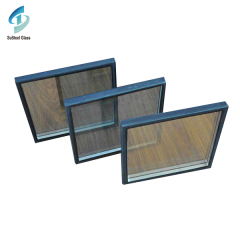
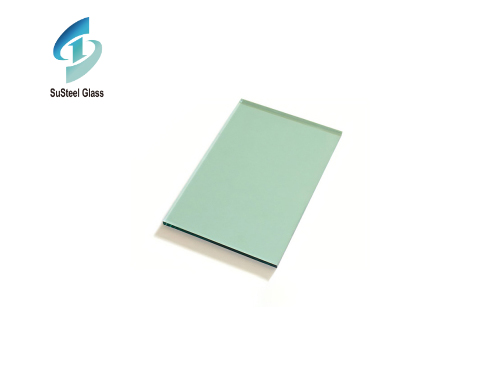 Exploring the World of Green Tinted Glass Products: Versatility and Sustainability
Exploring the World of Green Tinted Glass Products: Versatility and Sustainability
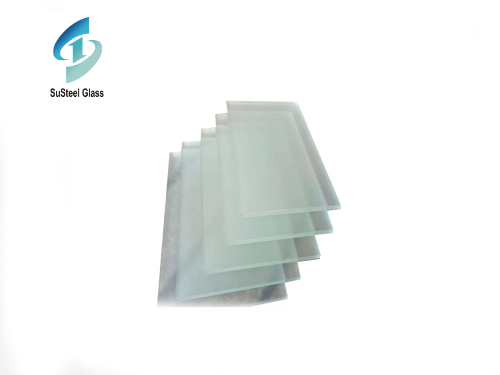 Exploring the Versatility and Elegance of Custom Thick Glass
Exploring the Versatility and Elegance of Custom Thick Glass
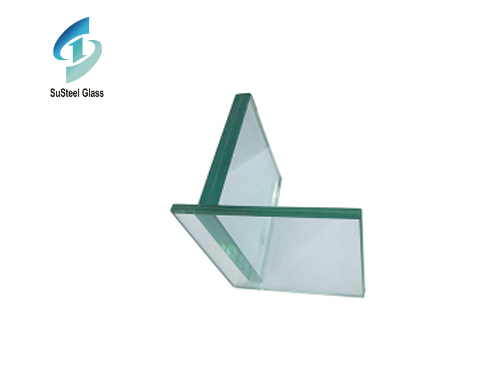 Unveiling the Strength and Versatility of Laminated Glass: Exploring Material Properties
Unveiling the Strength and Versatility of Laminated Glass: Exploring Material Properties
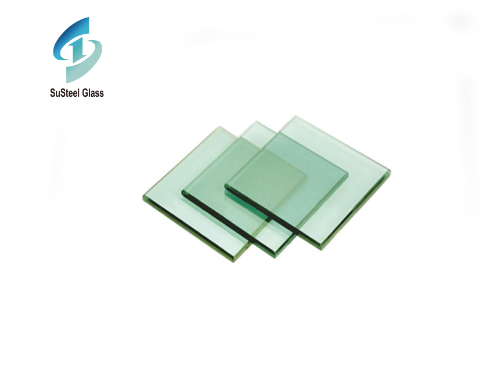 Enhancing Safety with Blast Resistant Glass: Innovations, Applications, and Protective Solutions
Enhancing Safety with Blast Resistant Glass: Innovations, Applications, and Protective Solutions

